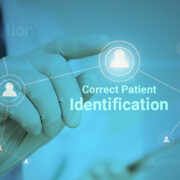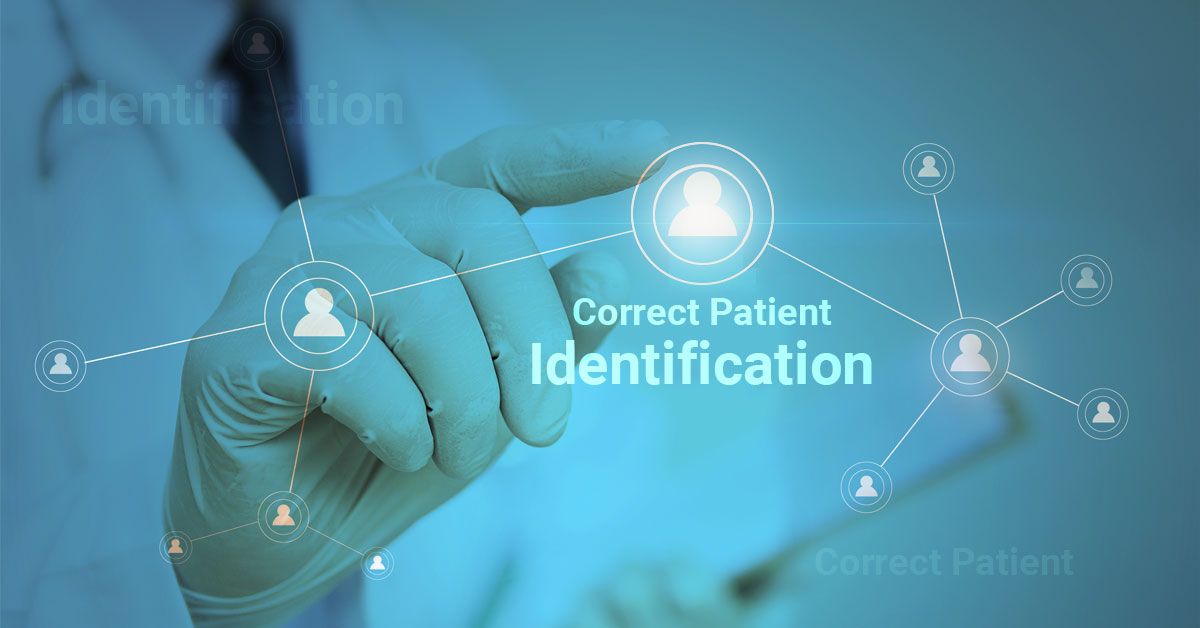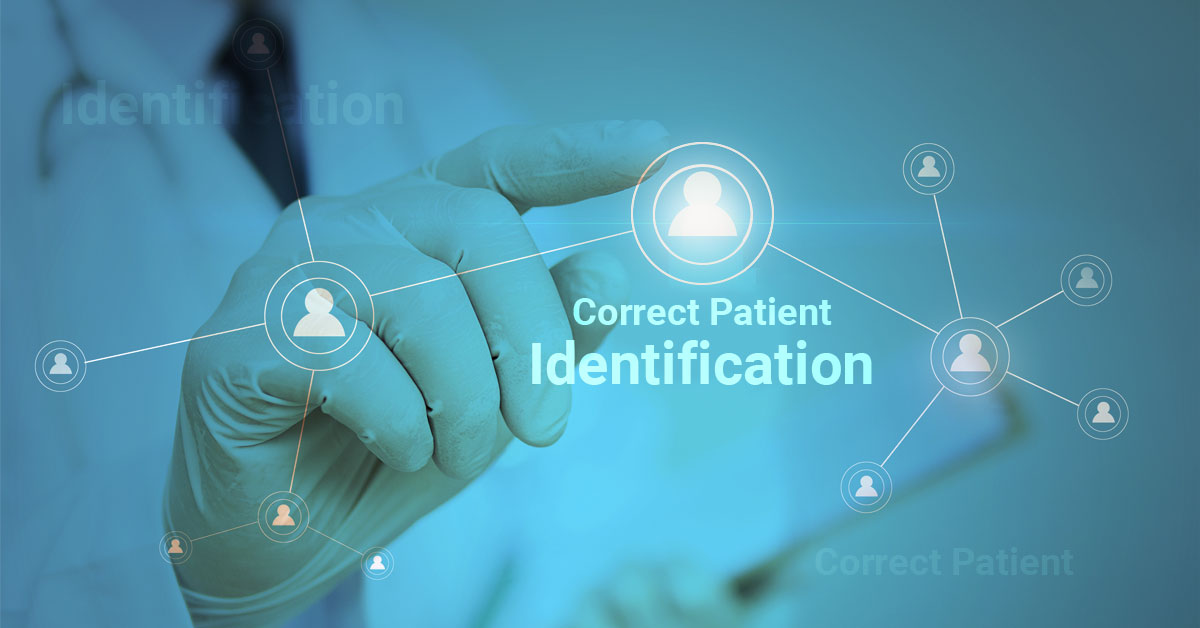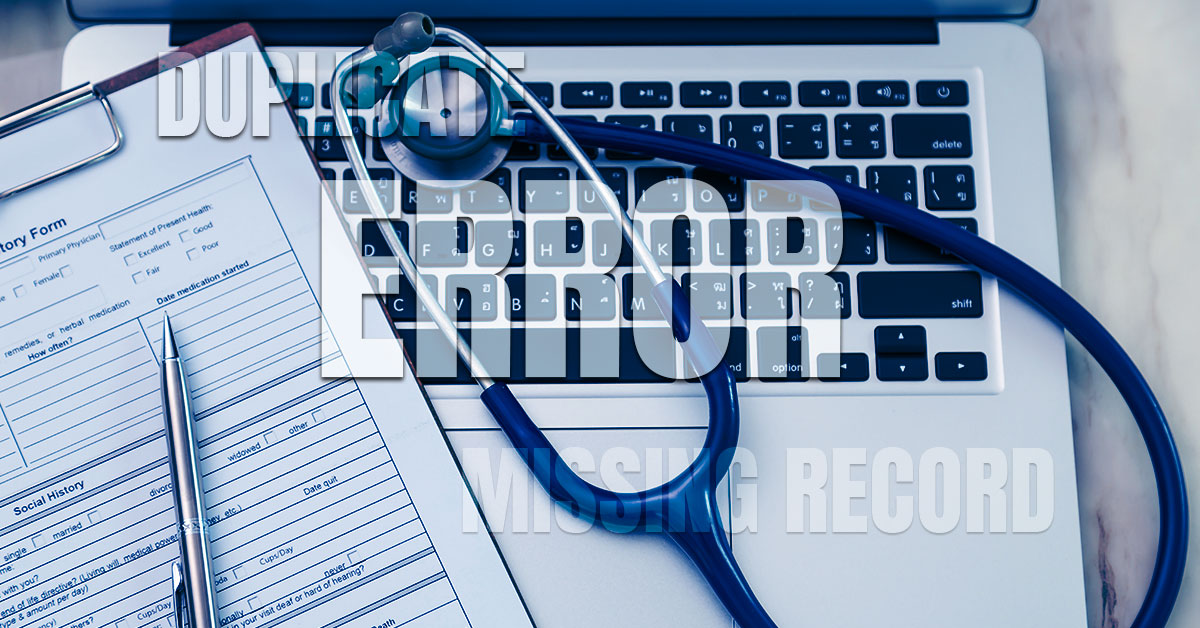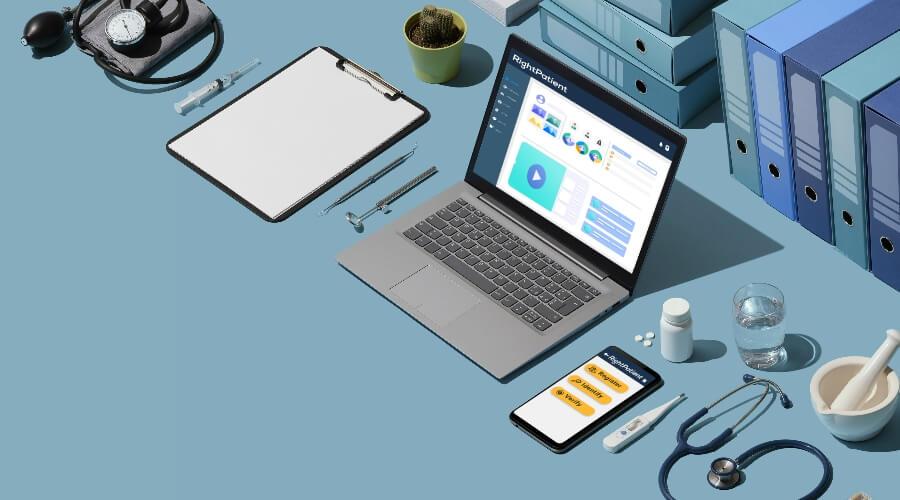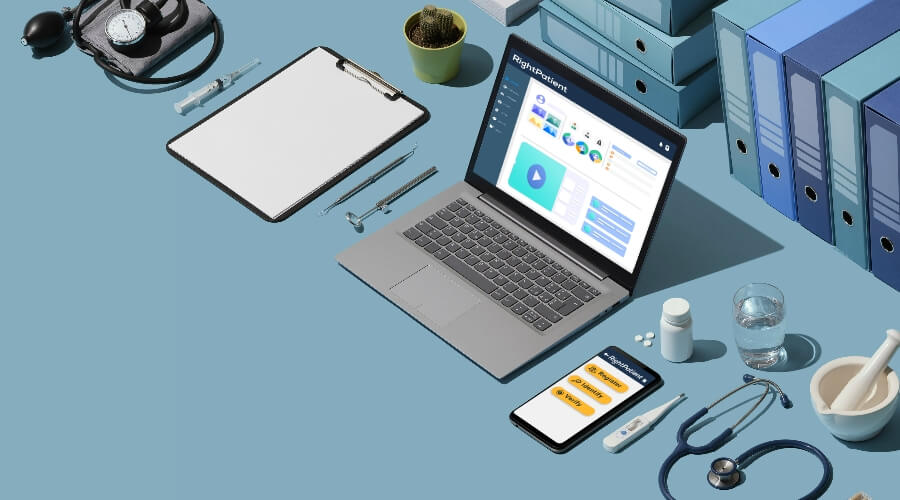Identifying Patients Accurately is Critical for Ensuring CMS Compliance

The US healthcare system has been going through a very challenging phase due to the coronavirus pandemic. However, it looks like healthcare providers are going to have their hands full – they have another rule to comply with and must plan accordingly to ensure compliance by May 1, 2021. The fact that there have been additional changes to the Medicare Conditions of Participation (CoPs) is already well known among healthcare leaders. However, while many providers are already thinking about how they can ensure compliance, they might leave out one significant factor that can make or break the entire effort – are they identifying patients accurately? Why is this important? How does patient identification fit in with the new changes? How can providers ensure accurate patient identification? Let’s explore in detail.

CMS Interoperability & Patient Access Final Rule
While the entire healthcare system has been suffering from the lack of interoperability, the Centers for Medicare and Medicaid Services (CMS) have made some changes to the CoPs to ensure that there is some degree of interoperability, believing that it will have positive effects on care coordination as well.
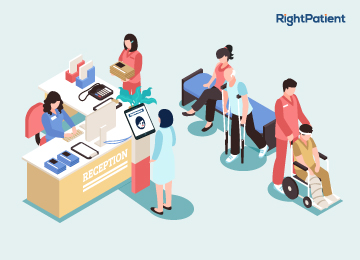
The “companion final rule”, as per CMS, mandates that healthcare providers like acute care, psychiatric, and critical access hospitals send out e-notifications during every patient admission, discharge, or transfer (ADT) to the designated recipients (read: providers and other entities primarily responsible for patient’s care). This is applicable for both inpatient admissions and patients registered in the emergency departments (EDs).
Moreover, the providers obligated to follow the ADT requirements must make enough effort to ensure that they have sent out the notifications to the applicable parties (suppliers, entities, practitioners, etc.) in real-time.
Any given healthcare provider that uses digital medical records like EMRs or EHRs needs to ensure compliance with the updated CoPs for e-notifications. COVID-19 has extended the deadline – healthcare providers now have until May 1, 2021 to ensure compliance with the recent changes.
Why are the CoPs important?
What is the biggest reason to ensure CMS compliance? Financial factors like CMS reimbursements and avoiding non-compliance penalties are more than ample motivators. Healthcare providers need to be compliant in order to safeguard their CMS provider agreement – it determines whether the providers are able to receive reimbursements or not, which can be quite significant in some cases. If providers do not ensure compliance, not only will their agreements be in jeopardy, restricting them from receiving reimbursements, but they might also face penalties. Given the current healthcare crisis that has crippled almost every caregiver, more financial woes are something any provider would want to avoid.
What the healthcare providers are doing
Since the deadline has been extended to May 1, 2021, leading figures of healthcare providers are brainstorming about how to comply with the change – should they build an in-house e-notification system themselves, or should they buy from experienced vendors? Whatever option providers go with, they are not addressing the elephant in the room – are they identifying patients accurately?
How identifying patients accurately is related to e-notifications
Think of it this way – patient identification in hospitals is already inaccurate. In fact, many healthcare providers face patient identification errors due to duplicate medical records, medical record overlays, and patient mix-ups, among other problems. These lead to issues like compromised patient safety, unwanted patient outcomes, avoidable medical errors, and even deaths.
So, it has already been established that if a hospital does not have an accurate patient identity management system, then it causes a lot of problems for the facility. Can you imagine what will happen if the hospital goes for an e-notification platform without identifying patients correctly first?
Issues like common names and characteristics shared by patients are already quite prevalent and cause patient mix-ups. If such a case occurs while sending out e-notifications, then the wrong patient’s data will be provided to the subsequent caregiver. Thus, patient mix-ups and incorrect patient identification cases during ADT notifications will wreak havoc – delays in treatments, medical errors, and lawsuits are just some of the consequences of such scenarios. It will be a nightmare for any given provider. Hospitals and health systems that are not identifying patients accurately at their facilities need to eliminate these errors to ensure CMS compliance and avoid any unwanted consequences. They need to ensure patient data integrity by ensuring positive patient identification every time a patient comes in. That’s where we can help.
Identifying patients accurately with RightPatient
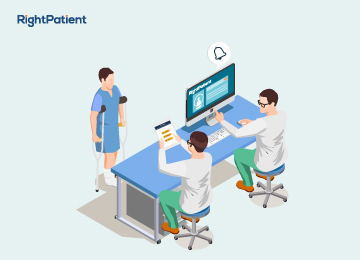 RightPatient is the healthcare industry’s leading photo-based biometric patient identification platform. It seamlessly integrates with the major EHR systems and becomes part of the workflow. Patients are registered by locking their medical records with their photos. After enrollment, incoming patients only need to look at the camera and the platform matches the photos and provides accurate medical records within seconds. This ensures a safe, easy, touchless, and hygienic patient identification experience for everyone.
RightPatient is the healthcare industry’s leading photo-based biometric patient identification platform. It seamlessly integrates with the major EHR systems and becomes part of the workflow. Patients are registered by locking their medical records with their photos. After enrollment, incoming patients only need to look at the camera and the platform matches the photos and provides accurate medical records within seconds. This ensures a safe, easy, touchless, and hygienic patient identification experience for everyone.
RightPatient ensures that the correct patient is identified every time across the care continuum, helping you maintain patient data integrity. With RightPatient, you can send out the correct patient’s notification every time, ensuring CMS compliance and safeguarding your patients and, in turn, your business.















